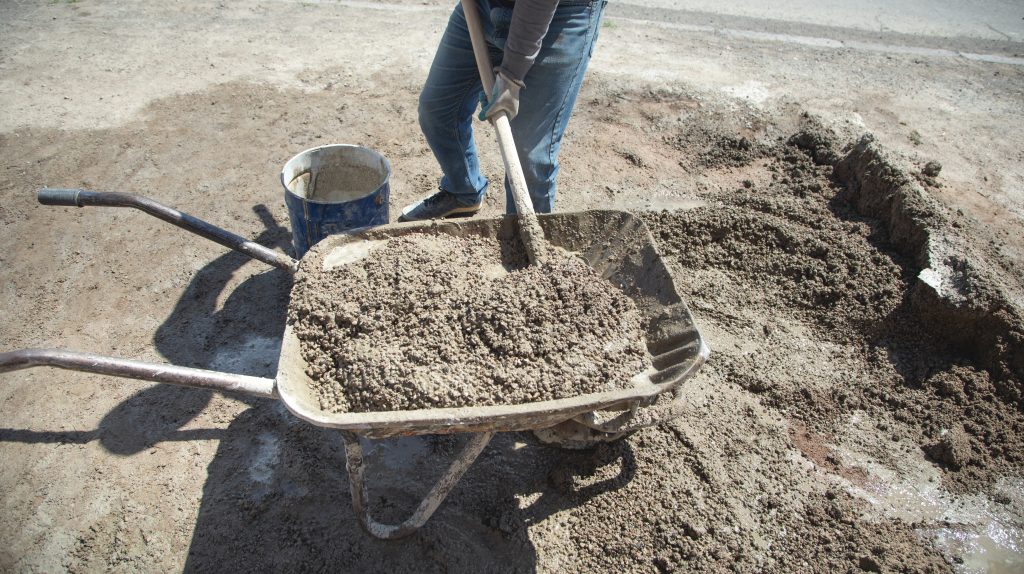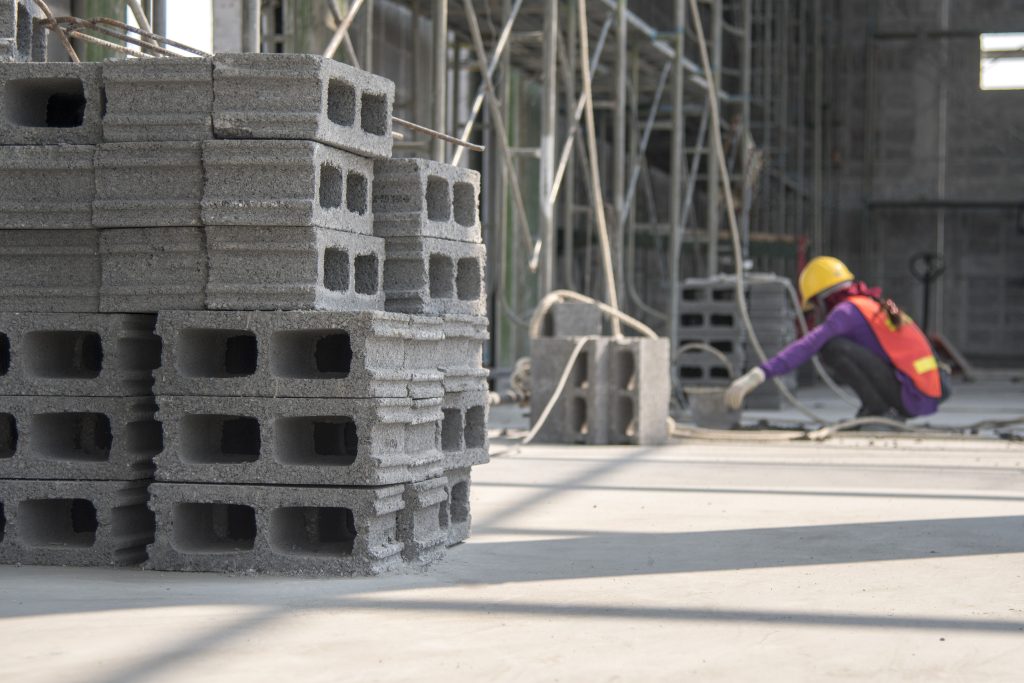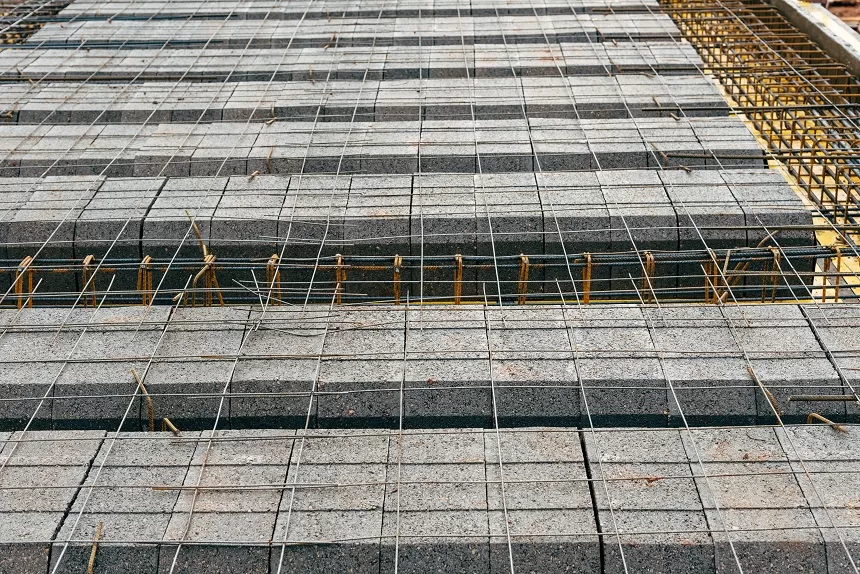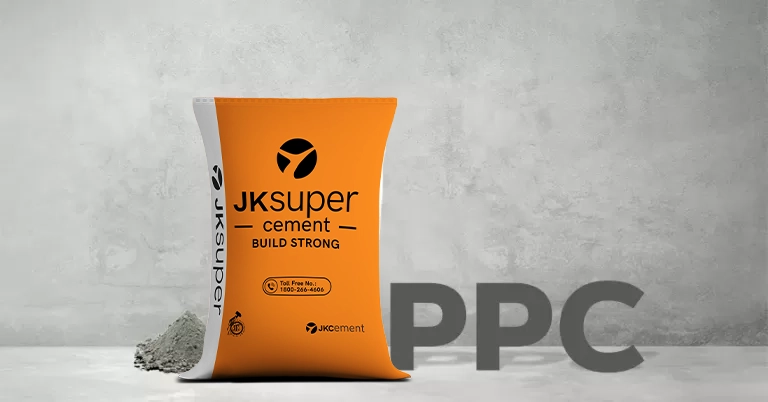Concrete is a versatile and widely used construction material that has been employed for centuries in various construction projects. It is renowned for its durability, strength, and ability to withstand the test of time. But have you ever wondered what goes into its making? Here, you can get information about the composition of concrete, the role of reinforcement, different types of concrete, the installation process, and the significance of concrete slump.
Concrete – An Overview
Concrete is a construction material that is used in the construction of a wide range of structures, including buildings, bridges, dams, roads and pavements, to name a few. Concrete mainly comprises cement, water and aggregates (both, fine and coarse aggregates).
Components of Concrete
The following are the main ingredients of concrete:
Cement
Cement is the primary binding agent in concrete. Cement is a fine powder made from limestone, clay, and other minerals that are heated in a kiln at extremely high temperatures. The most common type of cement used in construction is Portland cement, which accounts for most of the concrete production worldwide.
Water
Water reacts with cement to initiate a chemical reaction called hydration. The hydration reaction leads to the hardening and setting of the concrete. The appropriate water-to-cement ratio is crucial for achieving the desired strength and durability of the final product.
Aggregates
Aggregates, such as gravel, sand, crushed stone, or recycled materials, provide the bulk and stability to concrete. They occupy approximately 60-80% of the total volume of concrete. Coarse aggregates, like gravel, contribute to the strength of the concrete, while fine aggregates, such as sand, enhance workability.
Additional Factors to Consider When Mixing Concrete
There are several other factors that influence the composition and quality of concrete:
Admixtures
Admixtures are substances added to the concrete mix to achieve specific purposes. They can alter the setting time, increase workability, reduce water content, or improve the concrete’s resistance to chemicals or freezing temperatures.
Proportions
Depending on the construction requirements, the proportions of cement, aggregates and water can vary. A well-designed mix considers factors such as desired strength, workability, and environmental conditions. Precise measurements and calculations are necessary to achieve the desired concrete properties.
Concrete & Reinforcement
While concrete exhibits excellent compressive strength, it is relatively weak in tension. To overcome this limitation and enhance its structural capacity, reinforcement is introduced. Reinforcing materials, typically steel bars, or mesh, are embedded within the concrete to provide tensile strength and resist cracking or structural failure.
Types of Concrete
Concrete can be tailored to meet specific requirements by altering its composition and adding different materials. The following are a few out of the many concrete types:
Plain Concrete:
Plain concrete is the most basic type, consisting of simply cement, water and aggregates. It is commonly used in non-structural applications like pavements.
Reinforced Concrete:
Reinforced concrete incorporates steel reinforcement to enhance its strength. It is extensively used in structural elements such as columns, beams, and foundations.
Pre-stressed Concrete:
Pre-stressed concrete is manufactured by introducing internal stresses into the concrete before applying external loads. This technique improves the concrete’s ability to resist tension and enables the construction of long spanning and slender structures.
Lightweight Concrete:
Lightweight concrete is made by using lightweight aggregates, such as expanded clay or shale, to reduce the density of the material. It is commonly used in situations where weight reduction is crucial.
Limecrete:
In this type of concrete, cement is replaced by lime. Limecrete is used in floors, vaults and domes. Limecrete also has environmental and health benefits.
Concrete Installation Process
The installation of concrete includes the following steps:
Formwork:
Formwork is the temporary structure used to mould and shape the concrete. It provides support until the concrete hardens and gains sufficient strength.
Pouring and Levelling:
The concrete mix is poured into the formwork and spread evenly. Workers use various tools to ensure proper levelling and eliminate any air pockets or voids.
Curing:
Curing is the process of maintaining moisture and temperature conditions to allow the concrete to develop its desired strength and durability. It typically involves keeping the concrete moist and protecting it from extreme temperature variations.
What is the Concrete ‘Slump’ and Why Does it Matter?
Concrete slump refers to the consistency or fluidity of the concrete mix. It is measured by the slump test, which involves filling a standardised cone with the concrete and then removing the cone to observe how much the concrete slumps. The slump value indicates the workability of the concrete and influences its ease of placement and compaction.
Spreading Concrete and Final Positioning
Once the concrete is poured and levelled, it is spread and compacted to ensure proper consolidation and eliminate any voids or honeycombing. Vibrators or other mechanical tools may be used to aid in the compaction process. The final positioning of the concrete is critical to achieving the desired shape, strength, and appearance of the finished structure.
Concrete is a complex mixture of cement, water and aggregates, carefully proportioned to meet specific requirements. Understanding the components of concrete and its properties is crucial to ensure the successful completion of construction projects. By considering factors such as reinforcement, concrete types, installation processes, and slump, builders can create durable and structurally sound structures that stand the test of time.
Choose from our wide variety of cement for your concrete mixes.
FAQs
Are concrete and cement the same?
While the terms cement and concrete are often used interchangeably, they refer to different materials. Cement is a binding agent, whereas concrete is the final product obtained by mixing cement with other ingredients.
Why is water an essential component of concrete?
Water is important in the concrete mixture as it allows the hydration of cement, enabling it to harden. The right water-to-cement ratio ensures proper workability and strength of the concrete.
What is the role of cement in concrete?
Cement acts as the binding agent in concrete. When mixed with water, it undergoes a chemical reaction called hydration, forming a strong paste that binds the aggregates together.
What is the composition of concrete?
Typically, concrete consists of approximately 10-15% cement, 60-75% aggregates, and 15-20% water, with additional admixtures sometimes included.














